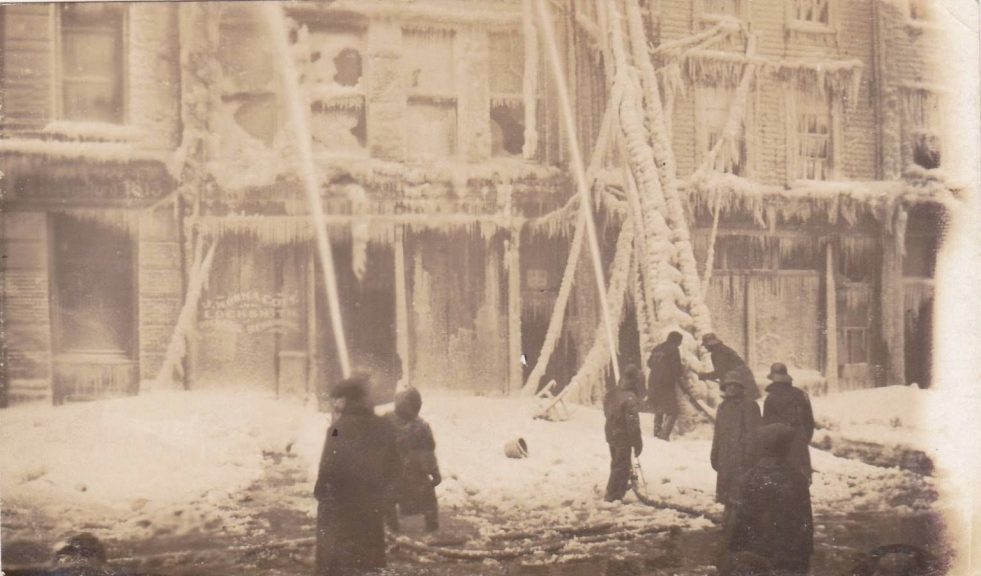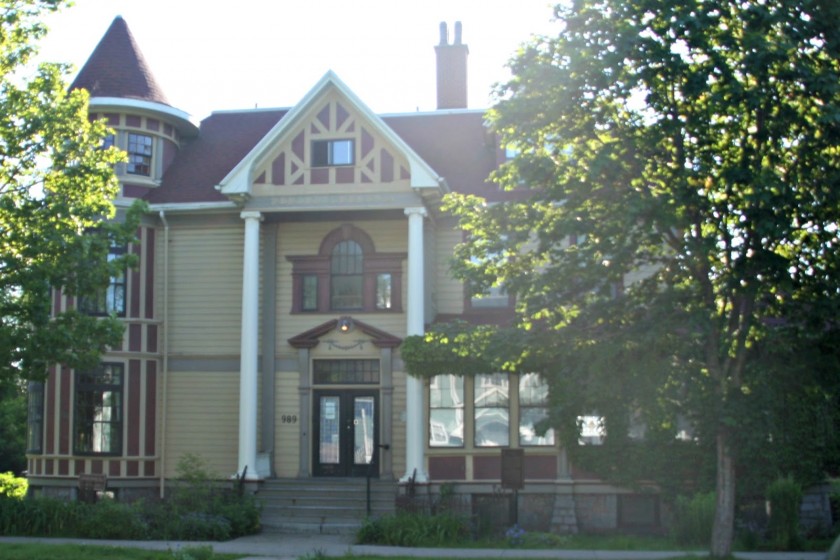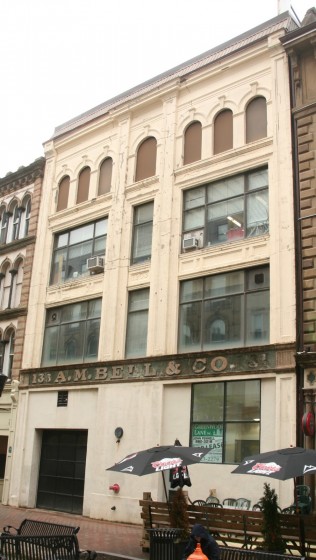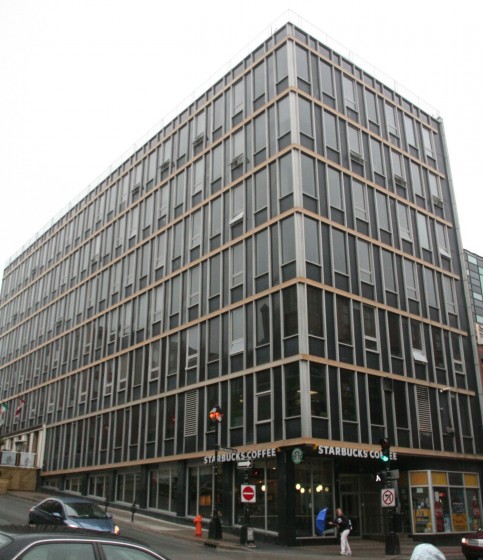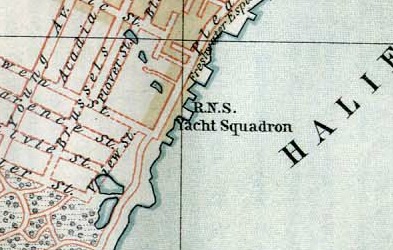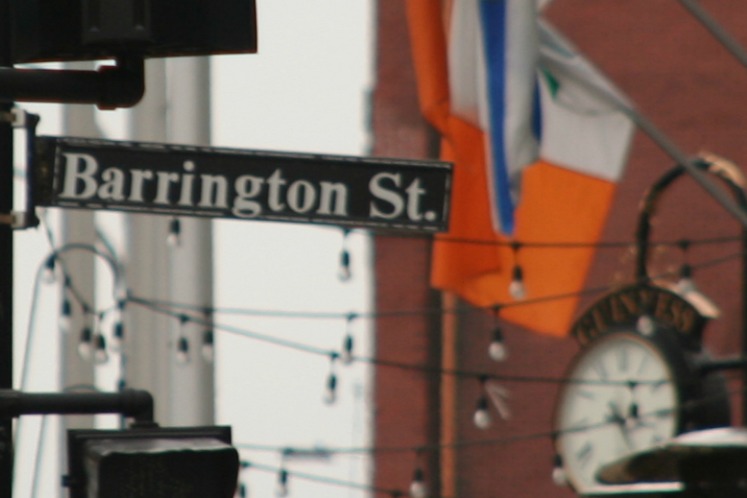Theory: Loads
Mother Nature hates buildings. She has many forces which try to push, pull bend and twist our buildings apart. These forces are the loads our buildings must be able to resist in order to remain standing. These loads can include gravity, wind, snow, and even the mass of the building itself. Loads can be broken… Read More





